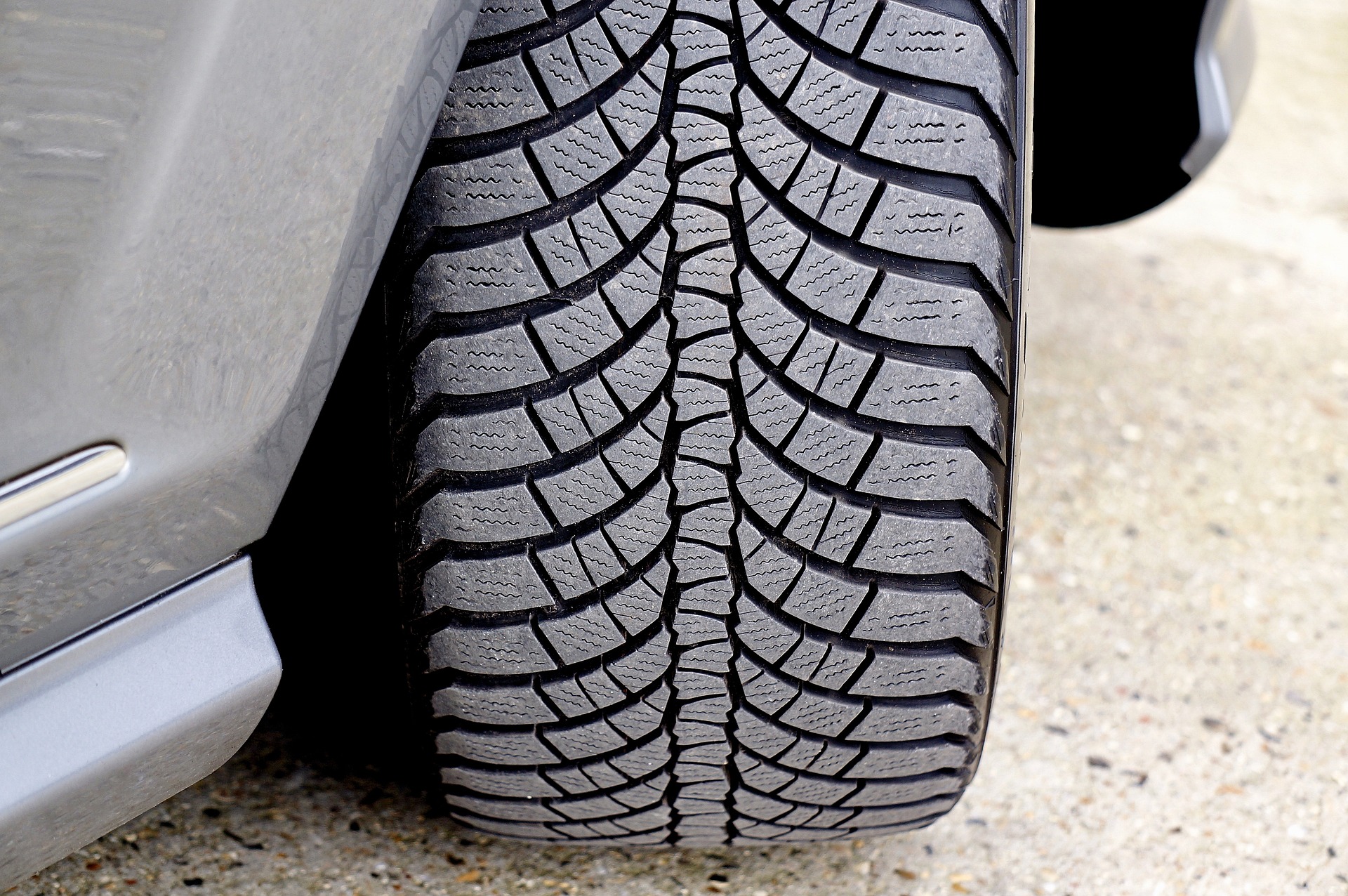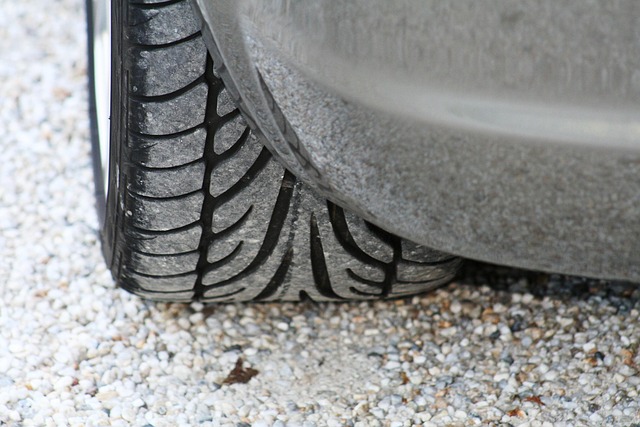Tires in the US: Types, Maintenance, and What to Consider Before Buying
Tires are essential for vehicle safety and performance. This article explains the different tire types available in the US, how to maintain proper tire condition, and what drivers should consider when choosing replacements based on weather, mileage, and driving style.
Tires are among the most important components of your vehicle, directly affecting safety, handling, fuel economy, and ride comfort. In the United States, drivers face diverse weather conditions and road types, making it essential to select appropriate tires and maintain them correctly. Understanding the different tire options available, how to care for them, and what factors to consider before purchasing new ones can save you money and enhance your driving experience.
What Are the Different Types of Tires Available?
The US market offers several tire categories designed for specific driving conditions and vehicle types. All-season tires are the most common choice, providing balanced performance in dry, wet, and light winter conditions. They work well in moderate climates where extreme weather is rare. Summer tires, also called performance tires, deliver superior handling and braking on dry and wet roads but lose effectiveness in cold temperatures below 45°F. Winter tires feature specialized rubber compounds and tread patterns that maintain flexibility in freezing conditions, offering enhanced traction on snow and ice. All-terrain tires suit trucks and SUVs, combining on-road comfort with off-road capability. Performance tires cater to sports cars and enthusiasts seeking maximum grip and responsiveness. Understanding these categories helps you match tires to your driving environment and vehicle requirements.
How Can You Maintain Your Tires Effectively?
Proper tire maintenance extends tire life, improves fuel efficiency, and ensures safety. Check tire pressure monthly using a reliable gauge, as underinflated tires wear unevenly and reduce fuel economy, while overinflated tires compromise traction and ride comfort. The recommended pressure appears on a sticker inside the driver’s door or in the owner’s manual. Rotate tires every 5,000 to 7,500 miles to promote even wear patterns, typically moving front tires to the rear and vice versa. Inspect tread depth regularly using the penny test: insert a penny into the tread with Lincoln’s head upside down; if you see the top of his head, the tire needs replacement. Maintain proper wheel alignment and balance to prevent premature wear and vibration. Check for visible damage like cuts, bulges, or embedded objects. Keep tires clean and avoid harsh chemicals that degrade rubber. During seasonal changes, consider switching between summer and winter tires if you live in areas with significant temperature variations.
What Should You Consider When Choosing Car Tires?
Selecting the right tires involves evaluating multiple factors beyond price. Start by identifying your driving habits and typical weather conditions. If you frequently encounter snow and ice, winter tires are essential for safety. Consider your vehicle type and manufacturer recommendations, as tire size and load rating must match specifications in your owner’s manual. Evaluate tread life warranties, which range from 40,000 to 80,000 miles depending on the tire model and driving conditions. Read independent reviews and ratings from sources like Consumer Reports or Tire Rack to assess real-world performance. Fuel efficiency ratings matter, as low rolling resistance tires can improve gas mileage. Noise levels vary significantly between tire models, affecting ride comfort. Brand reputation and warranty coverage provide additional peace of mind. Budget considerations are important, but the cheapest option may not deliver the best value over time. Many tire retailers offer package deals including mounting, balancing, and disposal of old tires.
When budgeting for new tires, prices vary widely based on size, type, and brand. Passenger car tires typically range from 50 to 200 dollars per tire, while truck and SUV tires cost between 100 and 300 dollars each. High-performance and specialty tires can exceed 400 dollars per tire. Installation fees add 15 to 45 dollars per tire for mounting, balancing, and valve stems. Several national retailers and service providers offer competitive pricing and services across the United States.
| Provider | Tire Price Range (per tire) | Services Offered | Key Features |
|---|---|---|---|
| Discount Tire | 60 - 250 dollars | Free mounting, lifetime rotation, flat repair | No appointment needed, wide selection |
| Costco Tire Center | 70 - 300 dollars | Installation package, road hazard warranty | Members only, competitive pricing |
| Tire Rack | 50 - 400 dollars | Online ordering, local installer network | Extensive reviews, comparison tools |
| Walmart Auto Care | 50 - 200 dollars | Installation, balancing, disposal | Convenient locations, budget options |
| Pep Boys | 60 - 280 dollars | Mounting, alignment, warranties | Frequent promotions, service centers |
Prices, rates, or cost estimates mentioned in this article are based on the latest available information but may change over time. Independent research is advised before making financial decisions.
When Should You Replace Your Tires?
Knowing when to replace tires prevents accidents and maintains vehicle performance. The most obvious indicator is tread depth below 2/32 of an inch, the legal minimum in most states. However, many experts recommend replacement at 4/32 inch for improved wet weather safety. Age matters regardless of tread wear; tire manufacturers suggest replacement after six years, and most tires should not remain in service beyond ten years due to rubber degradation. Visible signs requiring immediate replacement include cracks in the sidewall, bulges indicating internal damage, uneven wear patterns suggesting alignment problems, and frequent air pressure loss. Vibration or unusual noise while driving may signal tire issues. If you experience a blowout or significant impact like hitting a deep pothole, have the tire inspected even if damage is not immediately visible. Seasonal considerations apply as well; if you use winter tires, switch back to all-season or summer tires when temperatures consistently stay above 45°F to prevent premature wear.
How Do Driving Conditions Affect Tire Selection?
Geographic location and typical driving environments significantly influence tire choice. Drivers in northern states with harsh winters benefit from dedicated winter tires or all-weather tires with the three-peak mountain snowflake symbol, indicating tested snow performance. Southern and western drivers in warm, dry climates can use summer or all-season tires year-round. Coastal areas with frequent rain require tires with excellent wet traction and hydroplaning resistance. Urban drivers prioritize comfort and low noise, while rural drivers on unpaved roads need durable tires with reinforced sidewalls. Highway commuters value longevity and fuel efficiency, whereas city drivers with frequent stops benefit from responsive handling. Off-road enthusiasts require aggressive tread patterns and puncture resistance. Consider your annual mileage as well; high-mileage drivers should invest in tires with longer tread life warranties to maximize value.
What Role Does Tire Technology Play in Performance?
Modern tire technology has advanced significantly, offering features that enhance safety and efficiency. Run-flat tires allow continued driving for limited distances after air loss, eliminating immediate roadside tire changes. Self-sealing tires contain a special lining that automatically seals small punctures. Low rolling resistance designs reduce friction, improving fuel economy by up to three percent. Silica-enhanced rubber compounds maintain flexibility across temperature ranges while improving wet traction. Advanced tread patterns channel water away from the contact patch, reducing hydroplaning risk. Some manufacturers incorporate noise-canceling foam inside tires to reduce road noise. Smart tire technology with embedded sensors monitors pressure and temperature in real time, alerting drivers to potential issues. While these innovations add cost, they provide measurable benefits in safety, convenience, and long-term value. When shopping for tires, ask retailers about available technologies that match your priorities and budget.
Selecting and maintaining tires requires balancing multiple factors including driving conditions, vehicle requirements, budget, and personal priorities. By understanding the types of tires available, following maintenance best practices, and recognizing when replacement is necessary, you can maximize safety, performance, and value. Regular inspections, proper inflation, and timely rotation extend tire life while ensuring optimal vehicle handling. Whether you prioritize all-weather capability, fuel efficiency, or performance, the US tire market offers options to meet diverse needs across different climates and driving styles.





